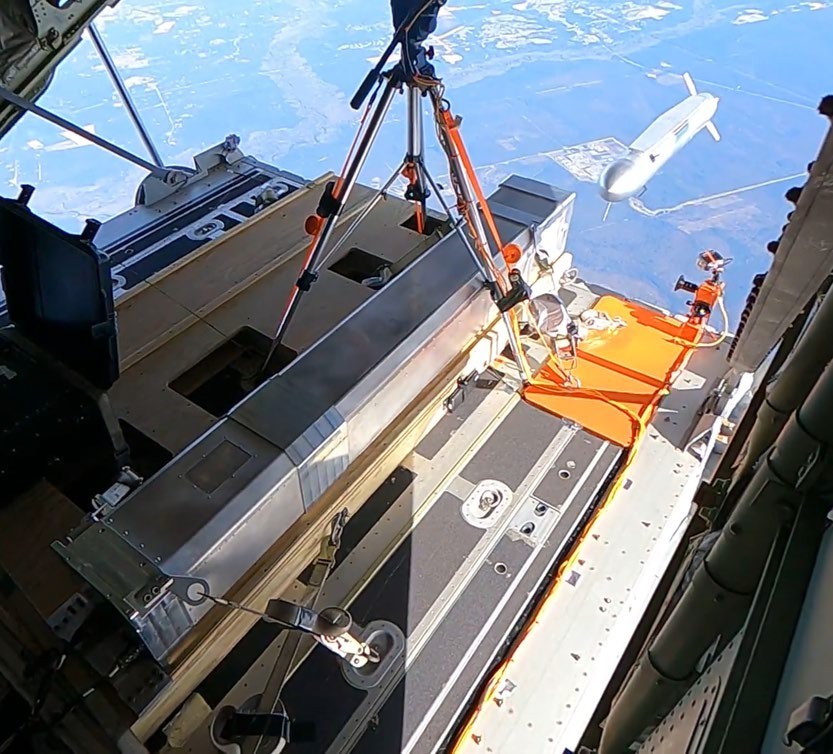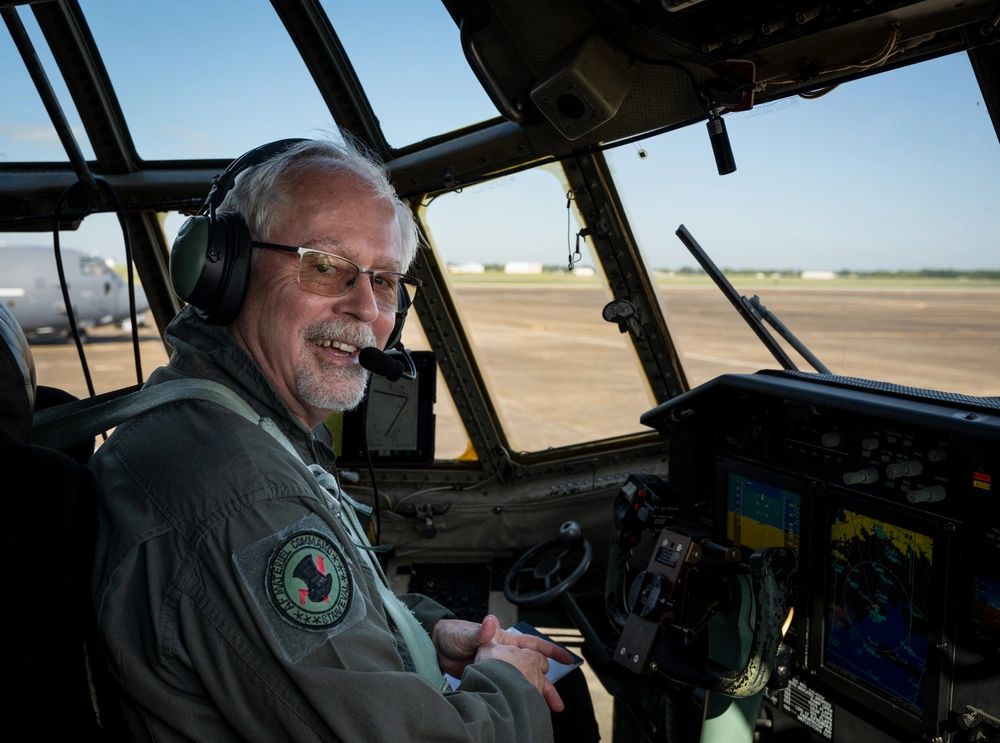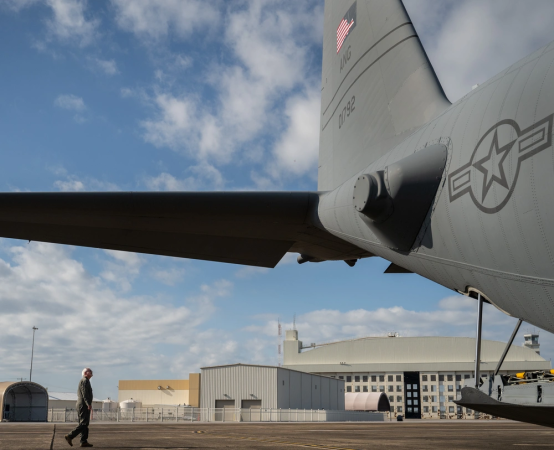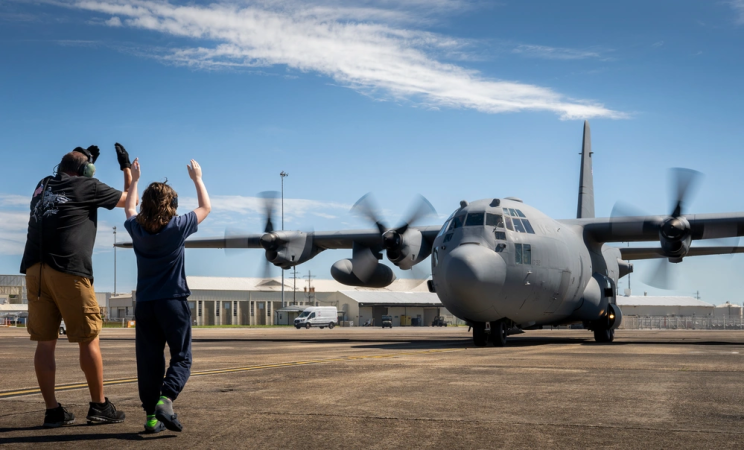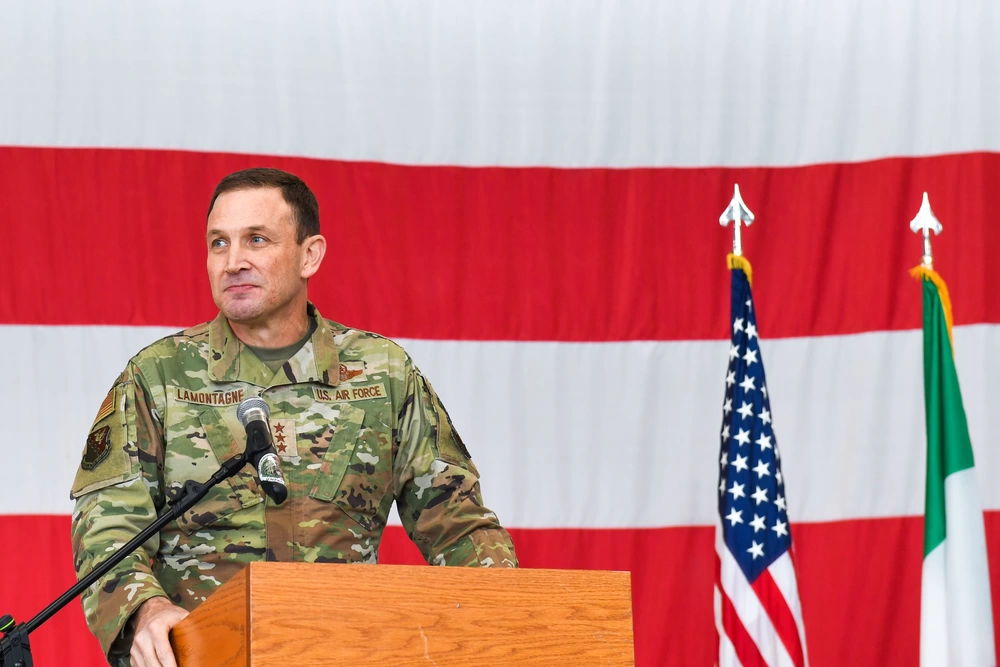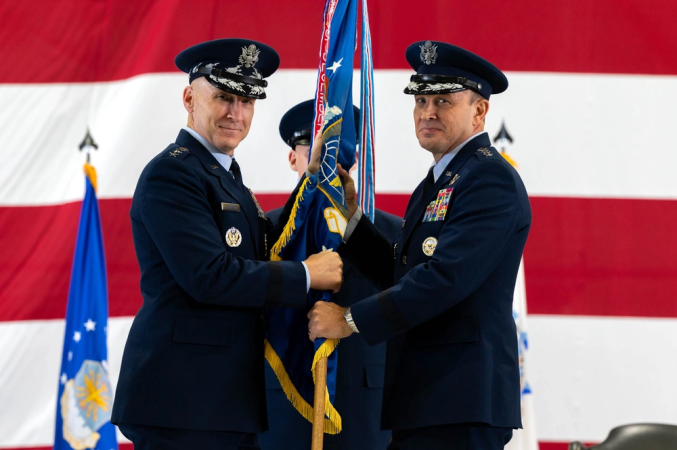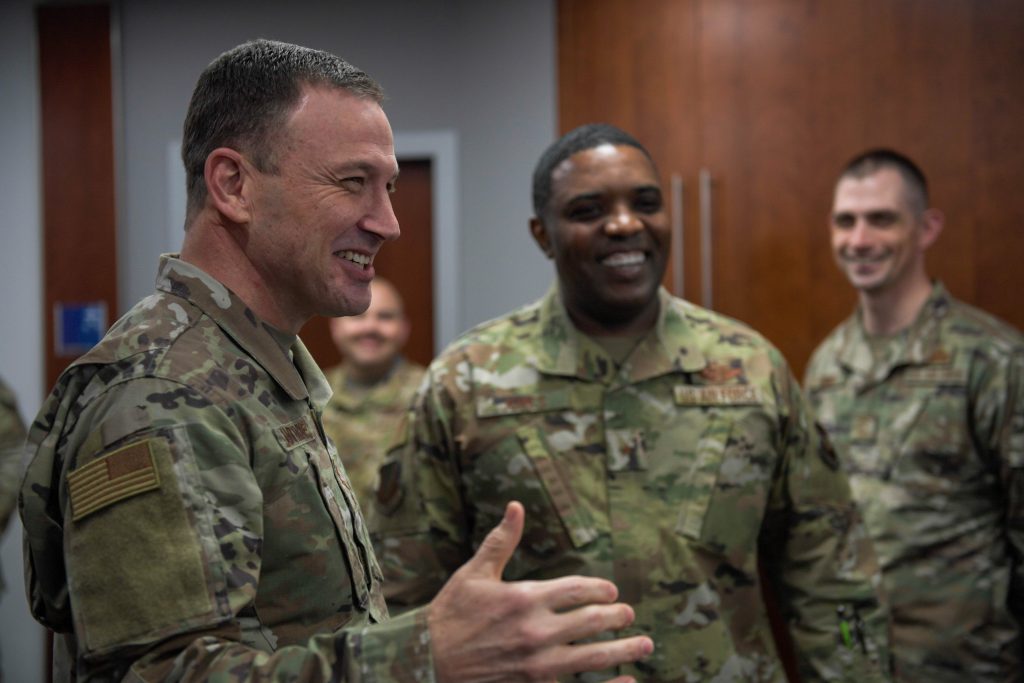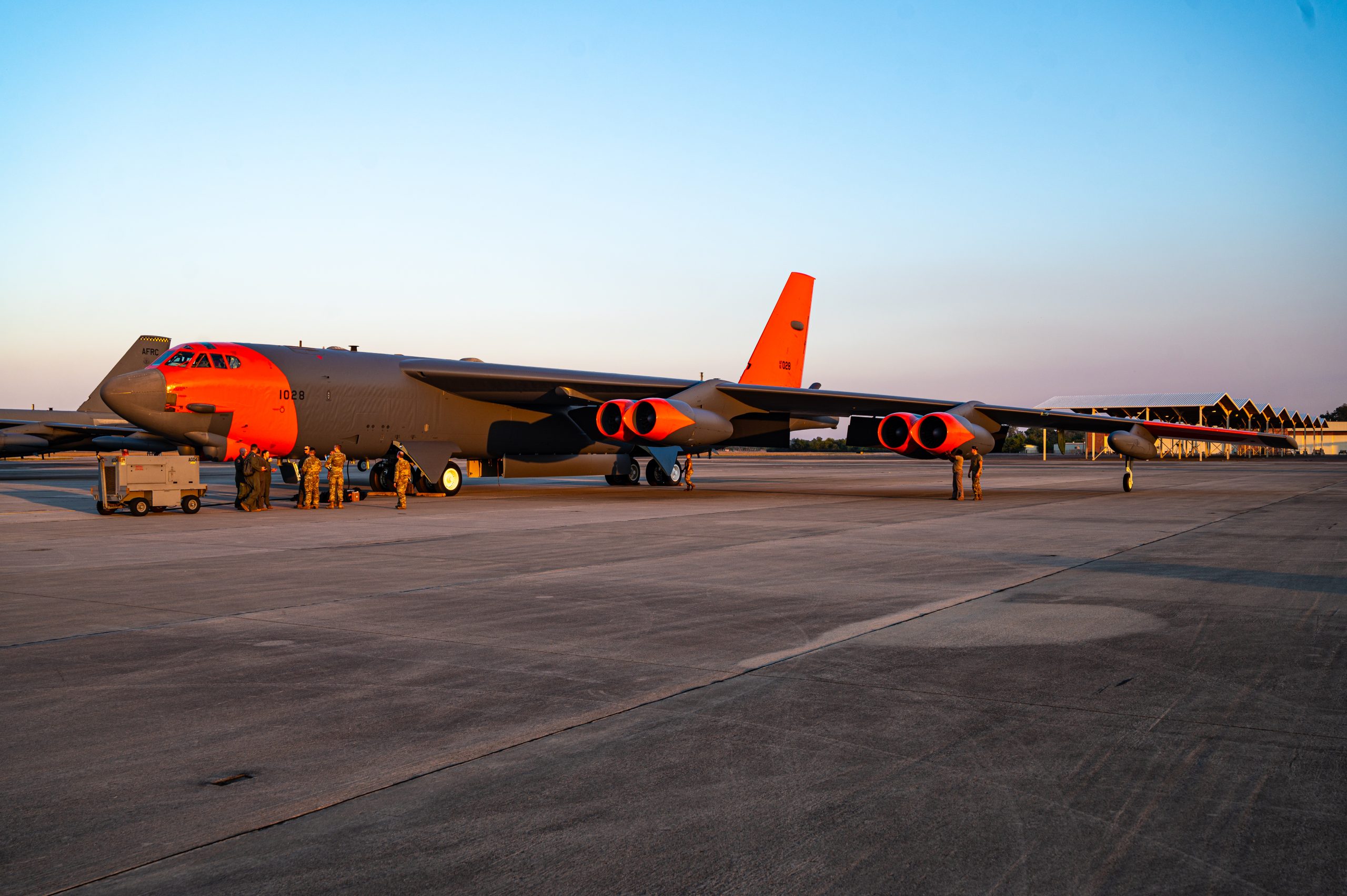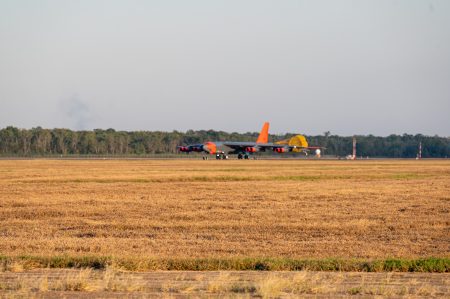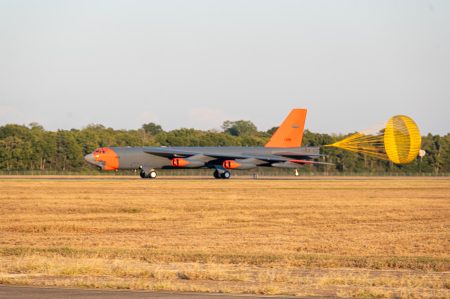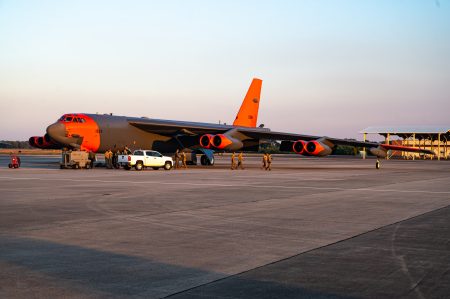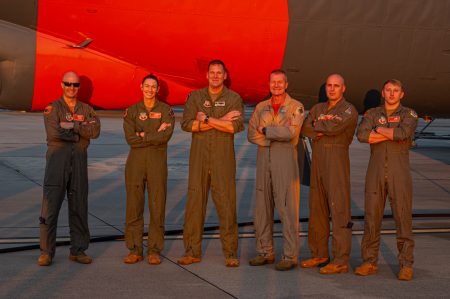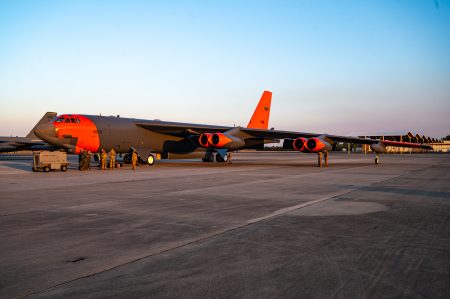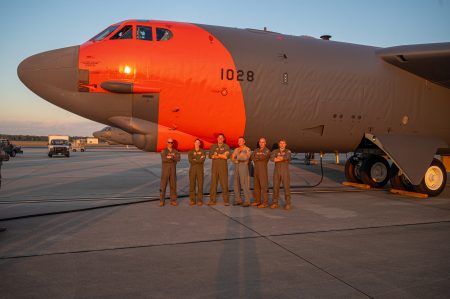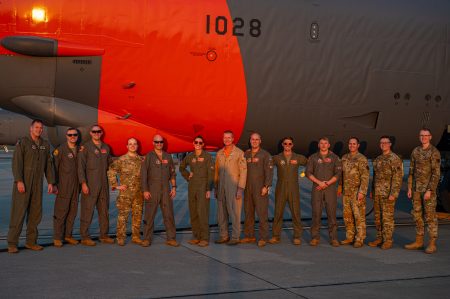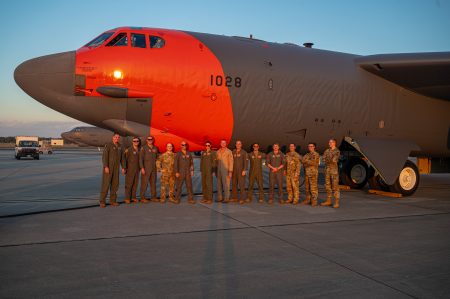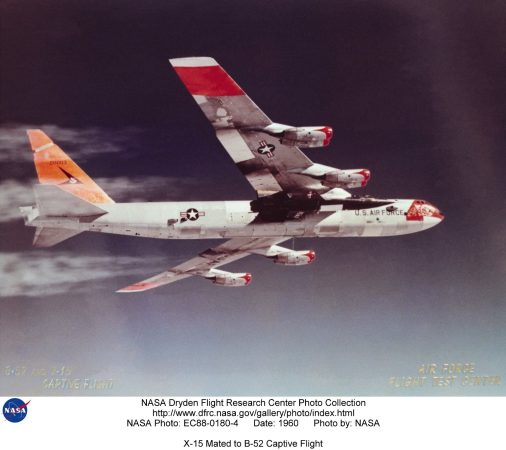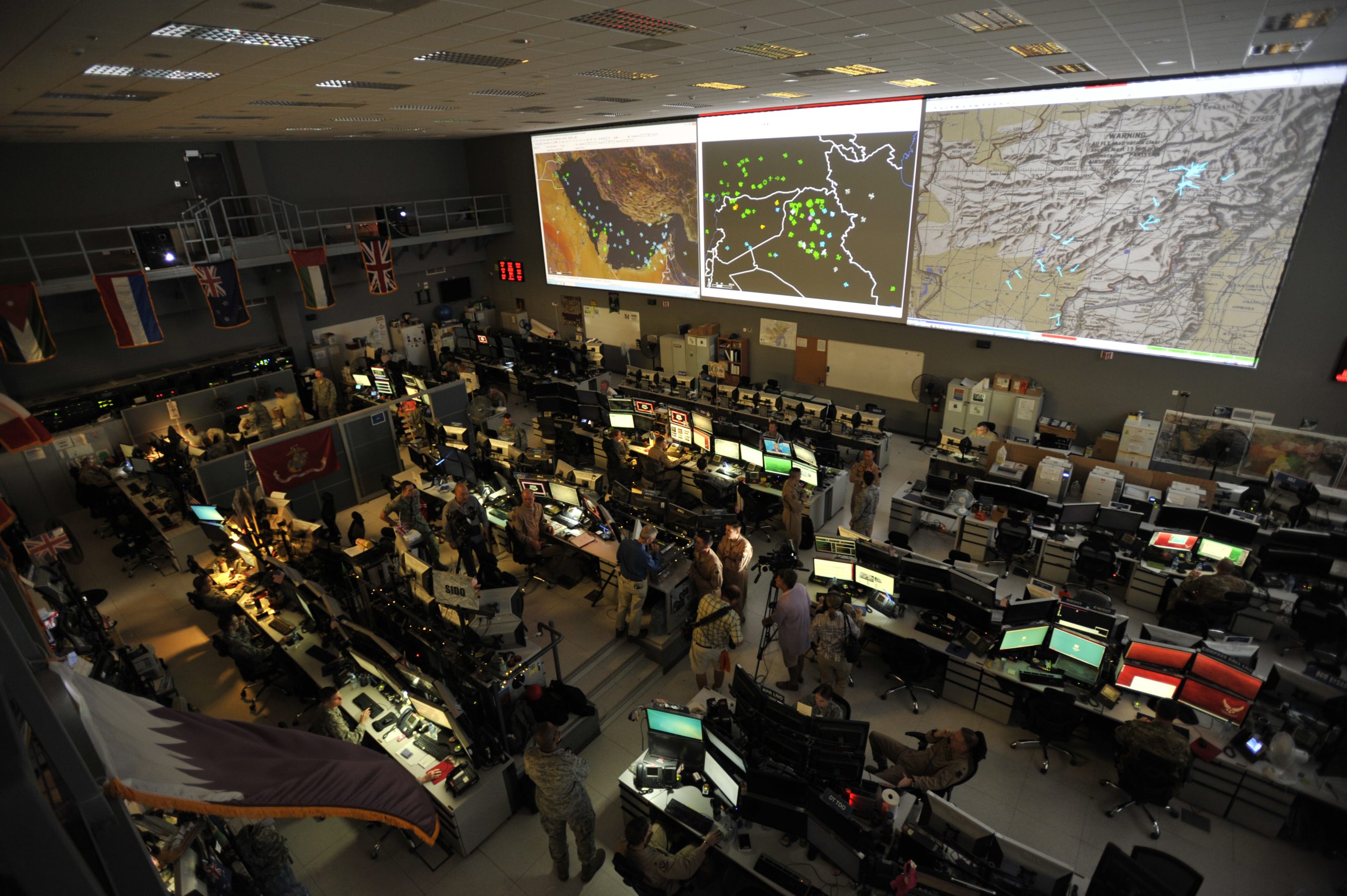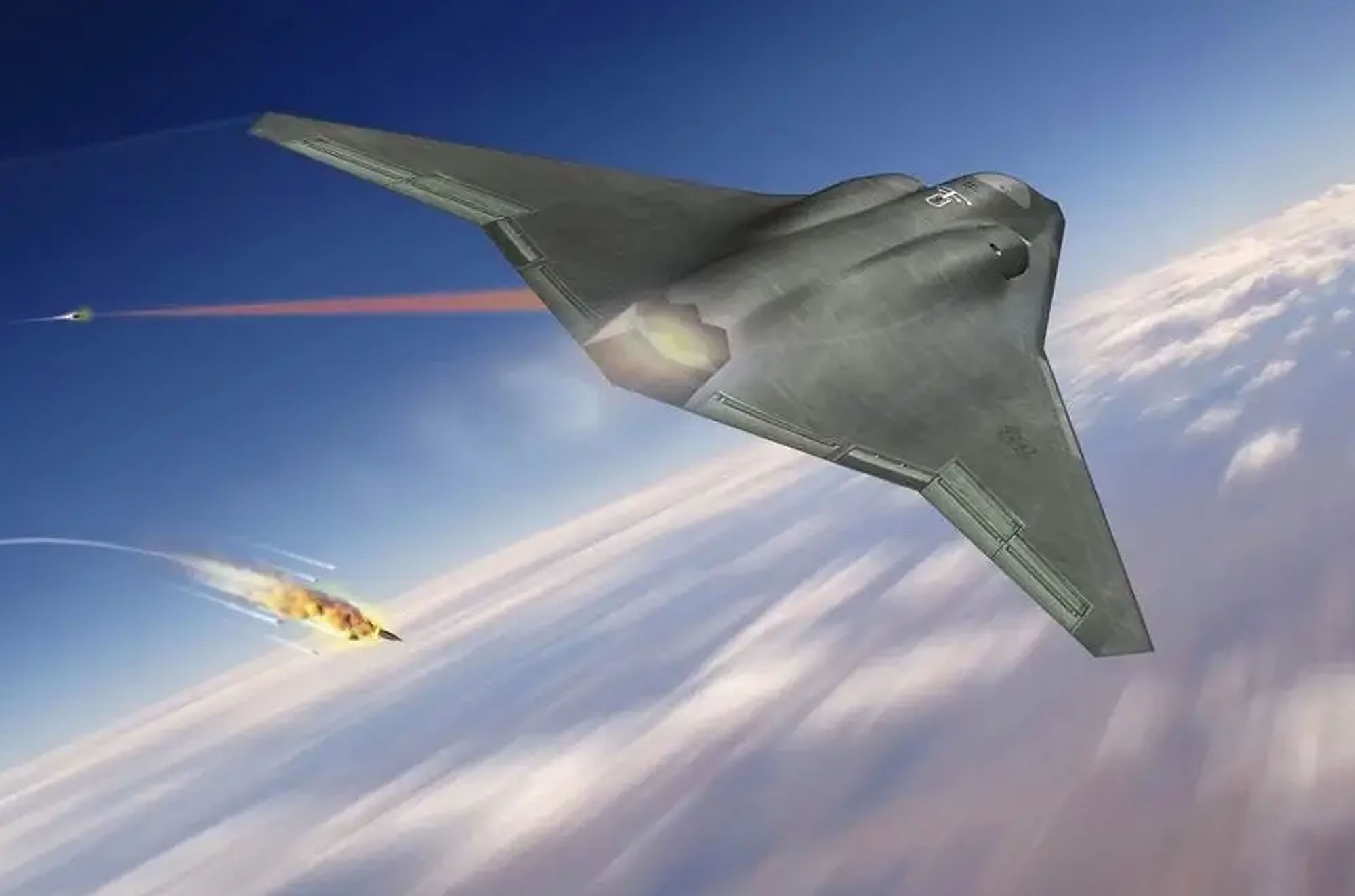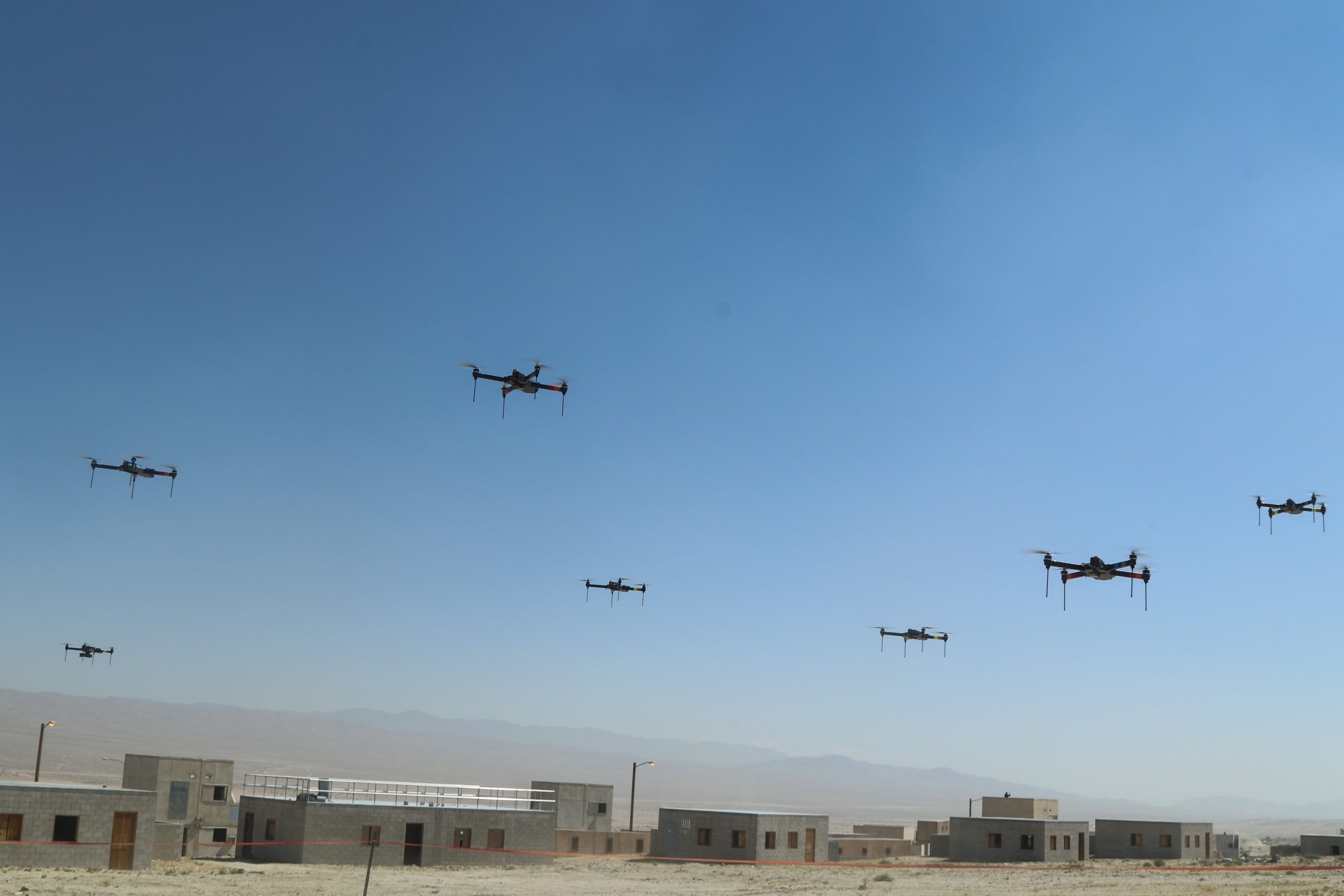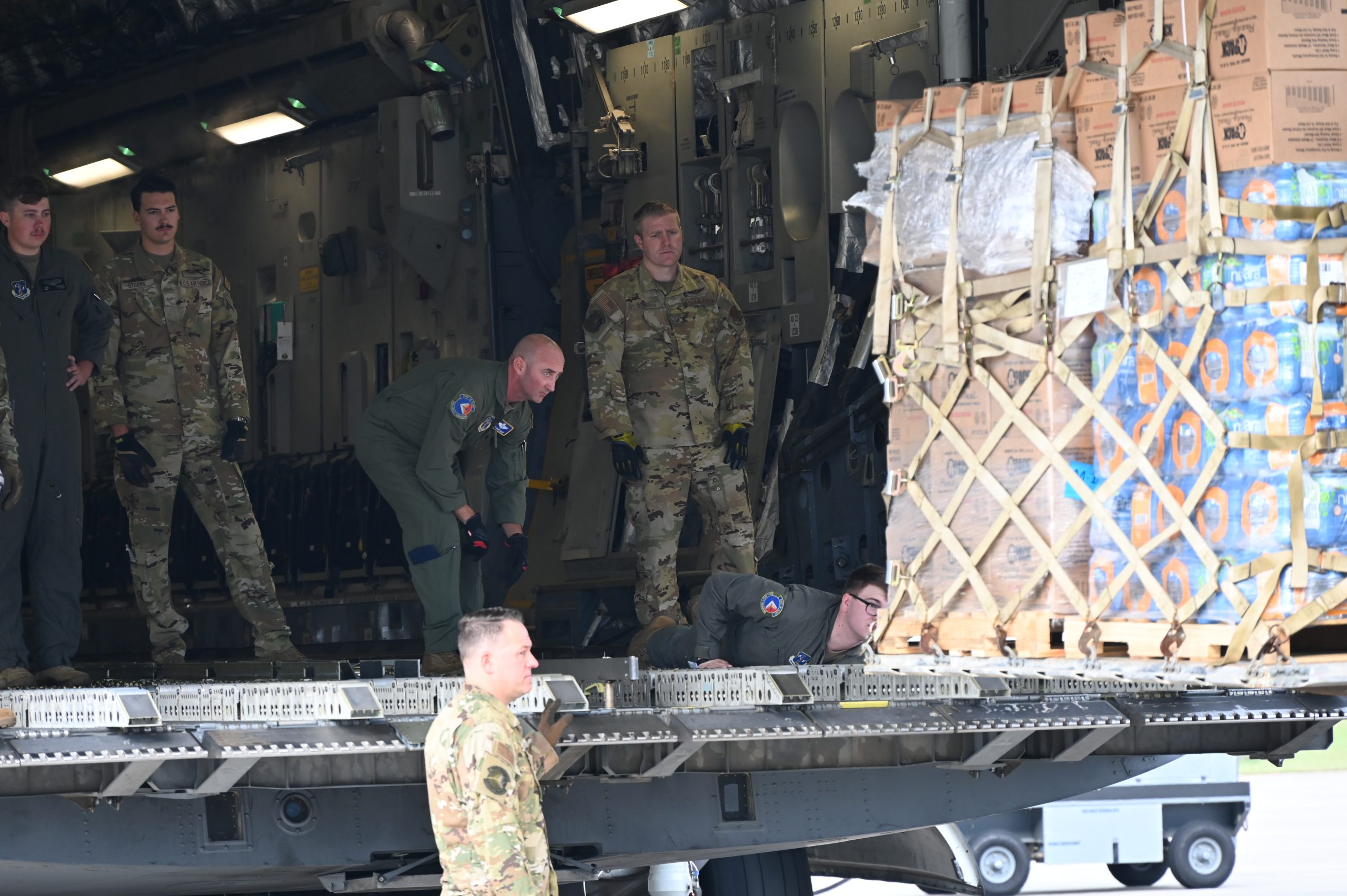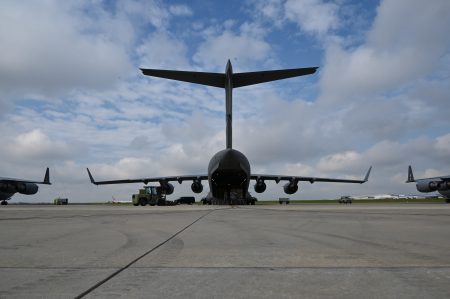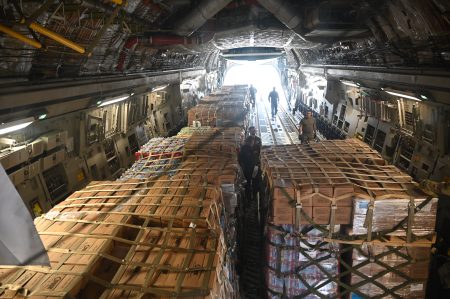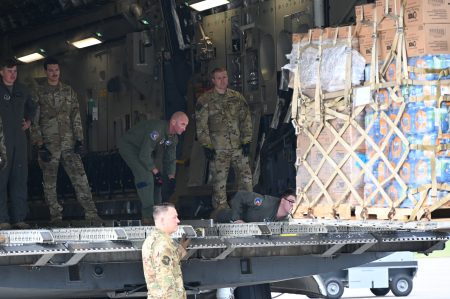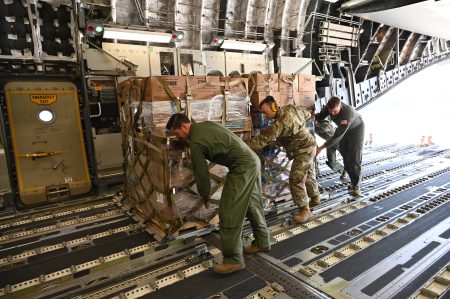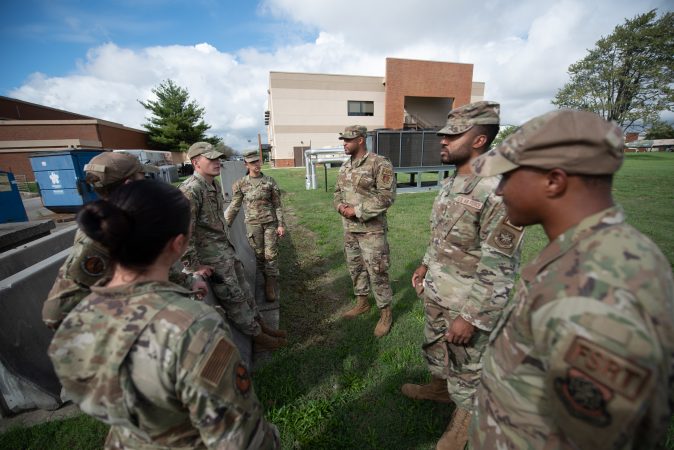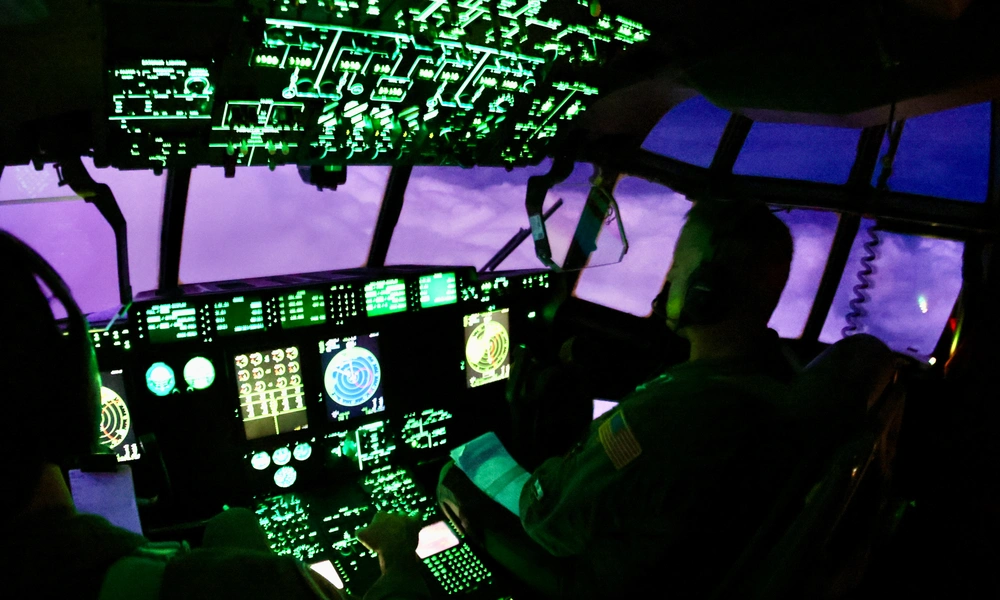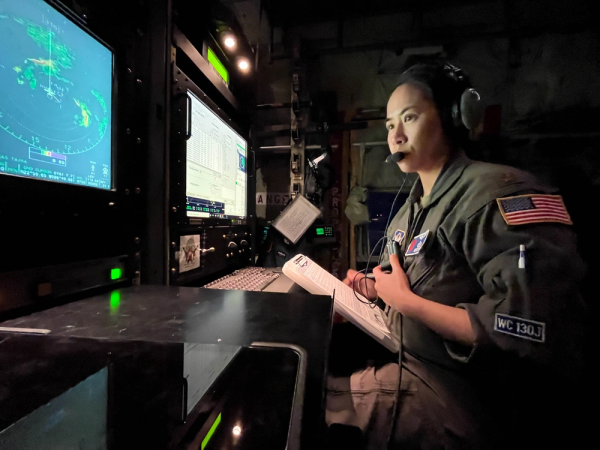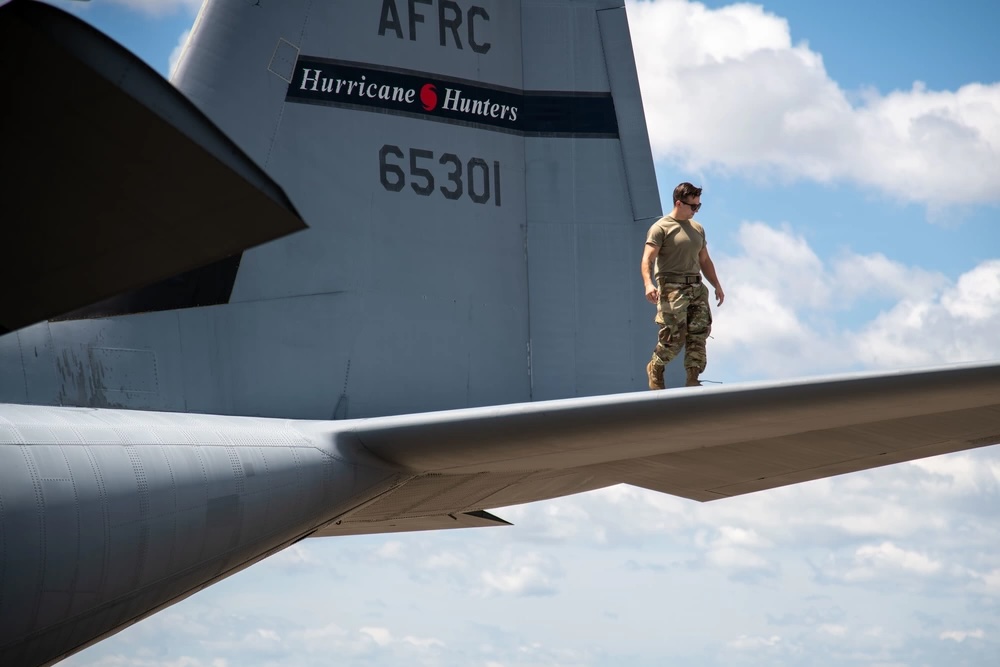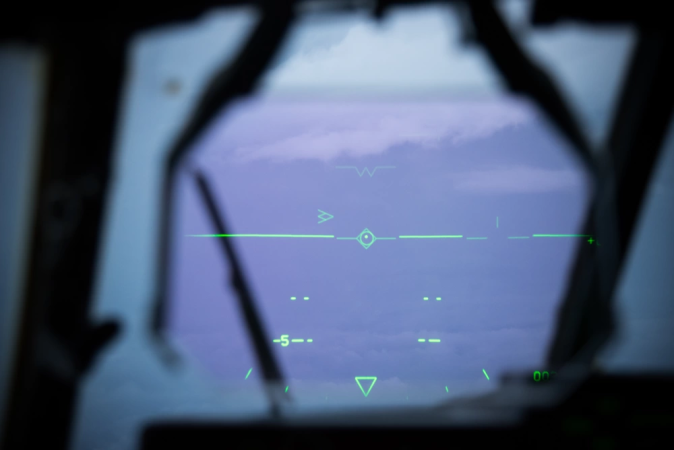Leidos is readying its Small Cruise Missile—nicknamed “Black Arrow”–for guided flight tests out the back of an Air Force Special Operations Command AC-130 this fall, the company announced. The missile is being developed for multi-service use.
The flight testing follows successful captive carry and separation tests which were accomplished in December, 2023, Leidos said. Those tests “confirmed digital twin predictions of safe separation, benign store dynamics, and trajectory characteristics,” a company spokesperson said. The system has been integrated with the Naval Surface Weapon Center Battle Management System. Flight testing has demonstrated its operational flight software, navigation and “flight safety functionality.”
Leidos initiated the Small Cruise Missile design in 2021, building off its experience with the GBU-69 Small Glide Munition—which equips the AC-130–and X-61 Gremlins program with the Defense Advanced Projects Agency. The Gremlins program launched an air vehicle from a C-130 and also recovered it in midair.
The company signed a Cooperative Research and Development Agreement (CRADA) with Special Operations Command and AFSOC in 2022 to develop the SCM, intended as a “low-cost, service-common, mission-adaptable ‘delivery platform,’ designed to facilitate future spiral upgrades for both kinetic and non-kinetic missions,” the company said.
“The SCM is envisioned as service-common ‘bus’ capable of being launched from a ramp, via a pallet or conventional means,” a Leidos spokesperson said. Its modular architecture allows the adaptability to kinetic and non-kinetic applications.
The Defense Innovation Unit published a request for one-way uninhabited aerial systems earlier this week; a program seemingly targeted at vehicles that will be capable of multiple missions with different payloads. The Leidos spokesperson said “low cost” will be defined by “the quantities and subsystems” of the final product.
The experience with “rapidly fielding” the GBU-69 and demonstrating Gremlins, “as well as our focus on agility and innovation, have led to achieving important milestones with our Small Cruise Missile offering,” according to Mark Miller, Leidos senior vice president for missile and aviation solutions.
“We have…made significant investments to integrate on, and test off, the AC-130J, preparing us to proceed with further activities once the CRADA is complete.”
The company said it’s using model-based systems engineering, additive manufacturing techniques and artificial intelligence “to support the timely and cost-effective development of the SCM, which aims to provide adaptability and utility for the warfighter.
The weapon’s “modular airframe and open system architecture…accommodates distributed manufacturing for individual subsystems, which can then be rapidly assembled and tested separately before final assembly,” the company said in a press release. The approach was used on the SGM, “which has delivered over 4,000 units to date.”
Leidos’ “open architecture SCM solution is intended to integrate the best subsystem solutions, regardless of the source,” Miller said. “We believe that recognizing that subsystems and payloads will evolve with different use cases is critical, and that innovation will come from outside typical prime contractors and venture capital companies entering the market with vertically integrated solutions,” he said. This was likely a reference to Anduril Industries, which recently announced an initiative to build low-cost cruise missiles for the armed forces that can be produced “at scale” and with few tools and requiring only brief training of workers.
The Air Force has been experimenting with a number of munitions for launch from cargo aircraft, notably the Rapid Dragon tests that dropped palletized AGM-158 Joint Air-to-Surface Missiles from the ramp area of C-130s and C-17s.
AFSOC has also explored launching several kinds of missiles that from AC-130s, either from wing stations or the cargo bay, specifically for the Special Operations mission.
Air Mobility Command sponsored a number of these initiatives with the idea of complicating an adversary’s targeting problem, requiring an opponent to treat cargo aircraft as potential shooters. But critics have said the Air Force would need all its airlift aircraft for transport in the event of a major conflict.
